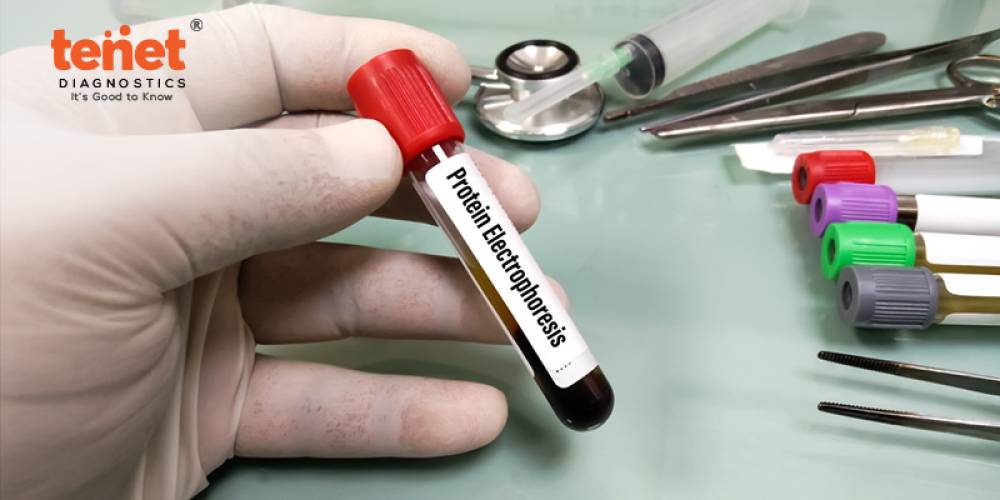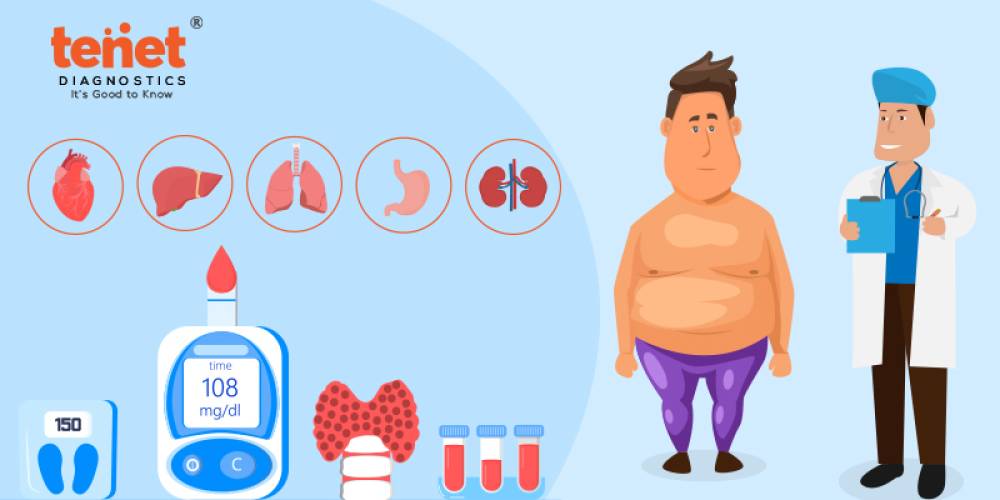An ultrasound of your heart is taken both before and after an exercise stress echocardiography. It generates animated visuals that demonstrate how effectively your heart responds to stress. This test is used by medical professionals to identify or track heart issues and make sure you receive the proper care. The Stress Echo Test has become a crucial instrument in the dynamic field of cardiology. This foundational method is essential for determining a variety of heart diseases and evaluating cardiac function. This blog post seeks to give a thorough overview of the Stress Echo Test's function, process, and the priceless information it delivers if you want to learn more and study this subject. This test is very useful for detecting coronary artery disease, determining the health of the heart valves, and evaluating total cardiac function, allowing for the early identification and pro-active management of cardiovascular problems. This article will break down the Stress Echo Test step-by-step, illuminating the methods used to create stress, the non-invasive monitoring procedures, and the imaging technologies used to record the heart's response. Additionally, we will talk about the importance of interpreting test findings, giving individuals and healthcare professionals the knowledge, they need to manage their heart health.
What is an Echo Stress Test?
The process known as a stress echocardiogram, sometimes referred to as dobutamine stress echo test or stress echo, assesses the efficiency with which your heart and blood arteries are pumping. You will work out on a treadmill or stationary bike during a stress echocardiogram while your doctor keeps an eye on your heart rate and blood pressure. Your doctor will capture ultrasound images of your heart. While your heart rate is at its highest, check whether your heart muscles receive enough blood and oxygen when exercising. Suppose your doctor suspects that your chest pain is caused by coronary artery disease or a myocardial infarction, also known as a heart attack. In that case, they may perform a 2d echo stress test. This test also assesses how much exercise you can handle safely if you're undergoing cardiac rehabilitation. The test results can also be used to assess the efficacy of other medical interventions, including angioplasty, bypass surgery, and anti-anginal or antiarrhythmic drugs.
What Happens in A Stress Echo?
During the cardiac echo stress test procedure, the doctor monitors the patient's blood pressure and heart rate while they exercise on a treadmill or stationary bike. The heart's valves' size, force, and efficiency are all assessed during an echocardiogram, an ultrasound assessment of the heart. To determine whether your heart muscles receive enough blood and oxygen while you exercise, the doctor will capture ultrasound photos of your heart when your heart rate is at its highest. Patients who cannot exercise due to illness or other conditions are prescribed a Dobutamine stress echo test by the doctor.
What Does a Stress Echocardiography Test Diagnose?
Exercise stress echocardiograms are the most popular method medical professionals use to identify coronary artery disease. This illness develops when the arteries that supply the heart muscle with blood become blocked. Stress echocardiography also assists in diagnosing diseases such as:
- Cardiomyopathy
- Congenital heart disease
- Heart failure
- Heart valve disease
- Pulmonary hypertension
Who Needs to Undergo an Echocardiography Test?
1. Chest Pain or Angina
The Cardia echo stress test is frequently used to check individuals experiencing chest pain or discomfort to see if the cause is a diminished blood supply to the heart or another heart problem.
2. Suspected Coronary Artery Disease (CAD)
Patients with CAD risk factors, such as a history of smoking, high blood pressure, high cholesterol, diabetes, or a family history of heart disease, may be given a stress echo to look for and assess any potential coronary artery blockages.
3. Heart Conditions
For people with a heart disorder, stress echocardiography can be helpful to track the efficacy of therapy, gauging the disease's course, or spot any new heart issues.
4. Assessment Following a Heart Attack
Following a heart attack, a stress echo can help assess the degree of heart muscle damage and establish the need for additional treatment or rehabilitation.
5. Preoperative Assessment
Patients with pre-existing heart problems may occasionally need surgery. Before the surgery, a stress echo can be used to evaluate the patient's risk tolerance and heart function.
6. Fitness Assessment for Certain Activities
Some people, including athletes or those with physically demanding employment, may go through a stress echo to gauge their heart's reaction to exercise and make sure they are fit enough for their activities.
Final Words
In cardiology, stress echocardiography is a useful noninvasive diagnostic technology that can assist in learning vital details about cardiac function and identifying several heart problems. The test's dynamic nature enables the evaluation of heart function under stress, facilitating the early identification and proactive management of cardiovascular disorders. Tenet Diagnostic Center is the go-to place for individuals seeking professional and reliable stress echocardiography providers. Their equipment has the latest technology, providing efficient and quick results. Additionally, they ensure that they follow the stipulated stress echocardiography guidelines.







